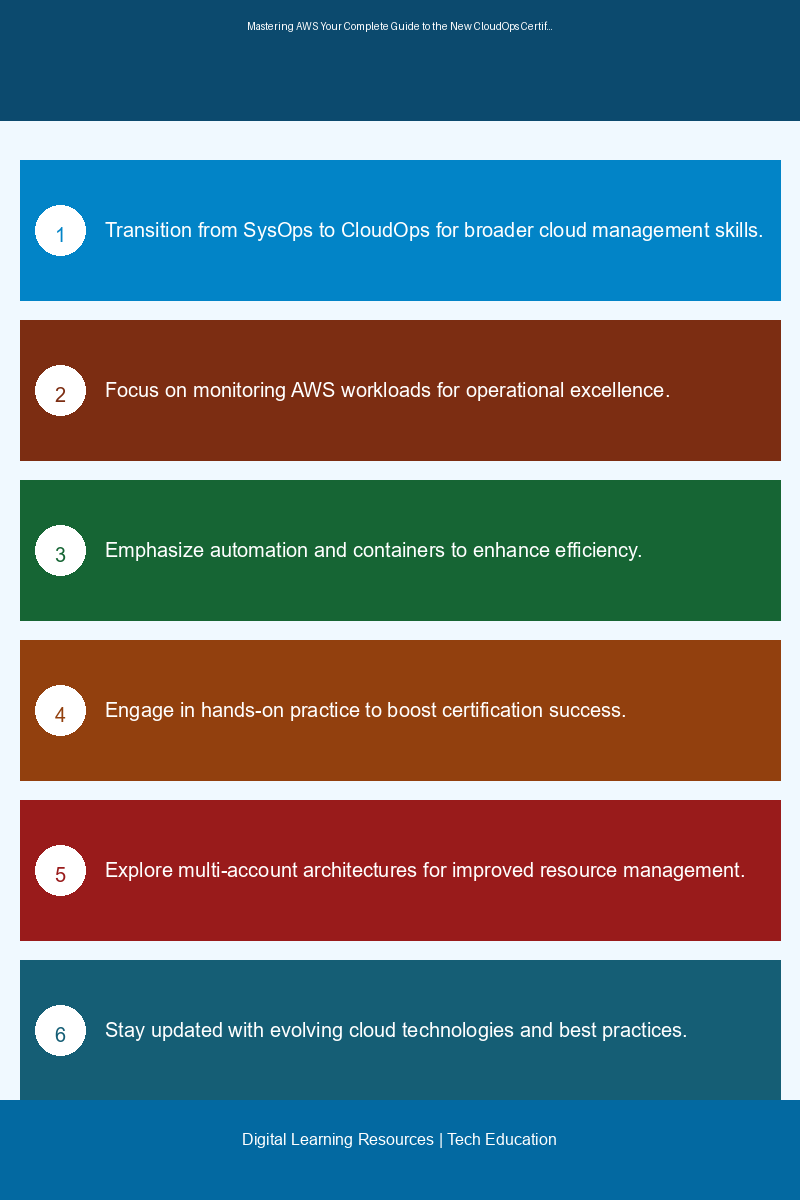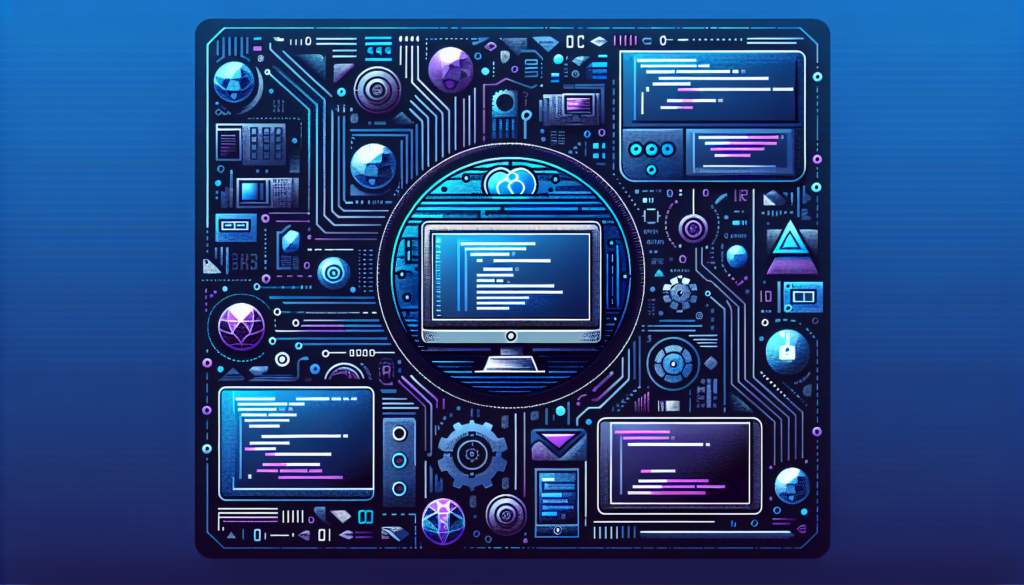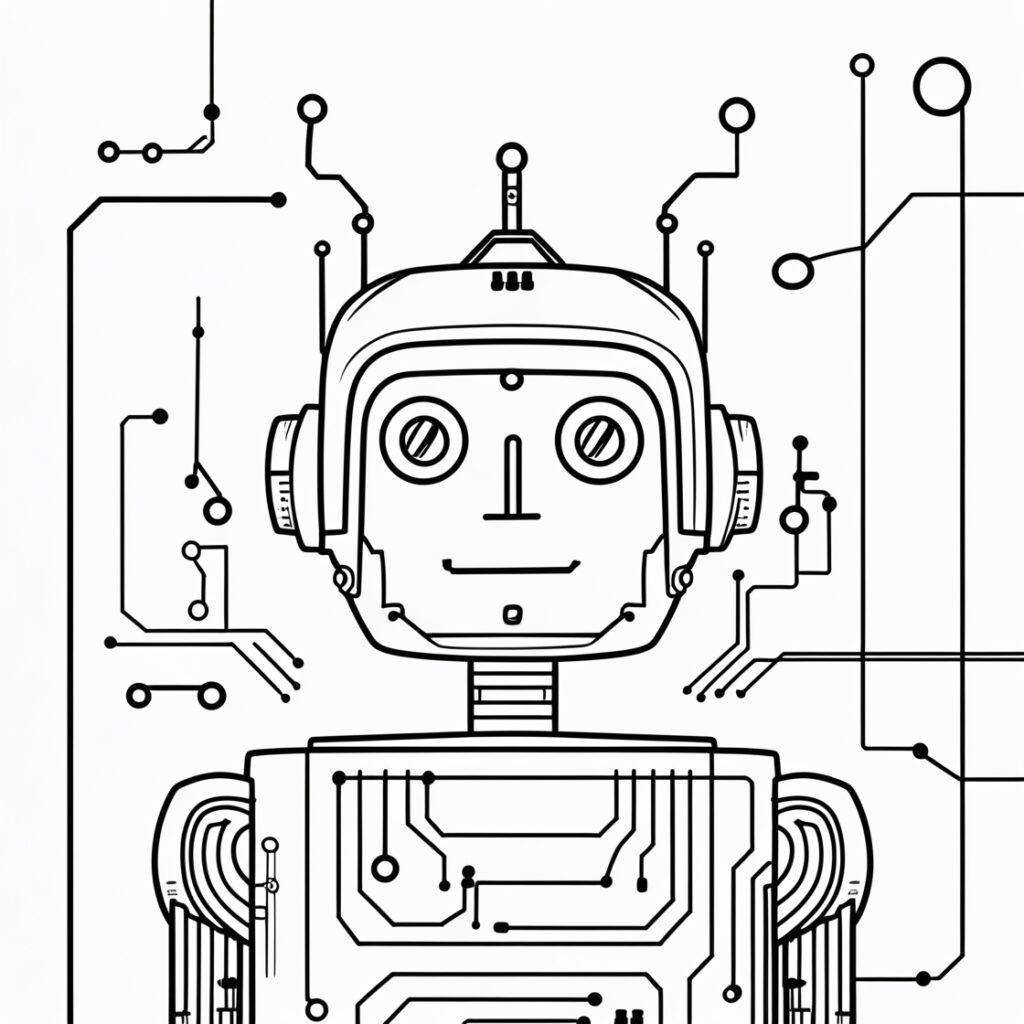As technology continues to evolve, so do the skills required to thrive in the cloud computing landscape. The recent update to the AWS Certified CloudOps Engineer – Associate (SOA-C03) certification underscores the importance of monitoring, automation, and multi-account architectures in the cloud. In this blog post, we will delve into the technical concepts, practical applications, and learning paths associated with this new certification, equipping you with the knowledge to excel in your cloud career.
Introduction: Key Takeaways
- Understanding the shift from SysOps to CloudOps is essential for modern cloud professionals.
- Emphasis on containers and automation in the AWS ecosystem can enhance operational efficiency.
- Hands-on practice and proper exam preparation can significantly improve your chances of certification success.
Technical Background and Context
The cloud landscape is witnessing a transformation, notably with the shift from the traditional role of a Systems Operations (SysOps) Administrator to CloudOps, which incorporates a broader scope of responsibilities in managing cloud environments. This transition is reflected in the updated certification exam, which places a greater emphasis on:
- Monitoring and Maintaining AWS Workloads: Understanding how to effectively monitor resources and maintain workloads is crucial for operational excellence.
- Containers: The updated exam places a significant emphasis on containerization technologies, such as Amazon ECS and EKS, which improve deployment and scaling.
- Multi-Account and Multi-Region Architectures: With organizations increasingly adopting multi-account strategies for improved security and compliance, familiarity with these architectures is essential.
- Automation and Infrastructure as Code: Proficiency in automation tools like AWS CloudFormation and AWS CDK is vital for reducing manual intervention and improving deployment speed.
Practical Applications and Use Cases
Understanding these technical concepts is critical, but knowing how to apply them in real-world scenarios will set you apart. Here are some practical applications:
📚 Recommended Digital Learning Resources
Take your skills to the next level with these curated digital products:
AI Enhanced Resume Builder
AI Resume Builder Flask App – Complete Source Code + PDF Tutorial + HTML | Digital Download for Designers
Learn AWS: Your First Cloud Application
Learn AWS: Your First Cloud Application
📊 Key Learning Points Infographic

Visual summary of key concepts and actionable insights
Comprehensive SAT Prep: 470+ Vocabulary Words
Comprehensive SAT Prep: 470+ Vocabulary Words
Master DevOps in Practice – 50 Essential Topics for Engineers (PDF eBook)
Master DevOps in Practice – 50 Essential Topics for Engineers (PDF eBook)
The Ultimate Keyboard Shortcut Guide 49 Software Cheat Sheets in One PDF Bundle
The Ultimate Keyboard Shortcut Guide 49 Software Cheat Sheets in One PDF Bundle
- Monitoring Workloads: Utilize AWS CloudWatch to create dashboards and set up alarms for AWS services, ensuring that you can respond to performance issues in real-time.
- Container Management: Implement Amazon ECS or EKS for deploying containerized applications, allowing for better resource utilization and scalability.
- Multi-Region Deployments: Design applications that are resilient by deploying resources across multiple AWS regions to achieve high availability and disaster recovery.
- Infrastructure as Code: Use AWS CloudFormation to automate the provisioning of your infrastructure, allowing for version control and repeatability.
Learning Path Recommendations
To effectively prepare for the AWS Certified CloudOps Engineer certification, AWS provides several resources aimed at enhancing your knowledge and skills:
- AWS Skill Builder: This platform offers an Exam Prep Plan specifically tailored for the new certification, guiding you through essential topics and skills.
- Practice Assessments: Utilize practice assessments featuring exam-style questions to familiarize yourself with the format and types of questions you may encounter.
- AWS SimuLearn: Engage in hands-on practice simulations that mimic real-world scenarios, allowing you to apply your knowledge and gain practical experience.
- Domain Review Lessons: Take advantage of lessons that delve into each exam domain and task statement, ensuring a comprehensive understanding of the material.
Industry Impact and Career Implications
The evolution from SysOps to CloudOps is indicative of the industry’s broader shift towards cloud-native operations. Professionals with the AWS Certified CloudOps Engineer certification are well-positioned to take on roles that require a blend of operational expertise and cloud architecture skills. Here are some career implications:
- Increased Demand: As organizations migrate to the cloud, the demand for certified CloudOps professionals is likely to rise, leading to more job opportunities.
- Higher Earning Potential: Certifications often lead to higher salaries, as they demonstrate your commitment to professional development and your specialized knowledge.
- Career Advancement: This certification can serve as a stepping stone to more advanced roles, such as Cloud Architect or DevOps Engineer, expanding your career trajectory.
Implementation Tips and Best Practices
Successfully navigating the AWS environment requires not just knowledge but also practical implementation skills. Here are some best practices to consider:
- Stay Updated: AWS regularly updates its services and certifications. Follow AWS blogs, webinars, and forums to stay informed about the latest developments.
- Hands-On Experience: Continuously engage with AWS services through personal projects or lab environments to reinforce your learning and stay adept at using the platform.
- Networking: Join AWS user groups or online communities to share experiences, ask questions, and learn from others in the field.
- Leverage Documentation: Utilize the extensive AWS documentation and whitepapers to deepen your understanding of specific services and best practices.
Future Trends and Skill Requirements
As the cloud landscape continues to evolve, professionals must be prepared to adapt. Future trends include:
- Serverless Architectures: Understanding AWS Lambda and other serverless technologies will become increasingly important as organizations seek to reduce operational overhead.
- Machine Learning Integration: Familiarity with AWS machine learning services, such as SageMaker, will be advantageous as data-driven decision-making becomes the norm.
- Security Best Practices: With rising concerns around data privacy and security, knowledge of AWS security services will be crucial for CloudOps professionals.
Conclusion: Actionable Next Steps
Embarking on the journey to become an AWS Certified CloudOps Engineer is a valuable investment in your career. Here are some actionable next steps:
- Enroll in the AWS Skill Builder Exam Prep Plan and begin studying the key concepts.
- Take practice assessments to gauge your understanding and identify areas for improvement.
- Engage with hands-on labs using AWS SimuLearn to apply your skills in a practical environment.
- Join AWS community groups to network with peers and gain insights from experienced professionals.
By following these steps and dedicating time to learning, you’ll position yourself for success in the rapidly evolving world of cloud computing.
Disclaimer: The information in this article has been gathered from various reputed sources in the public domain. While we strive for accuracy, readers are advised to verify information independently and consult with professionals for specific technical implementations.
Ready to advance your tech career? Explore our digital learning resources including programming guides, certification prep materials, and productivity tools designed by industry experts.



